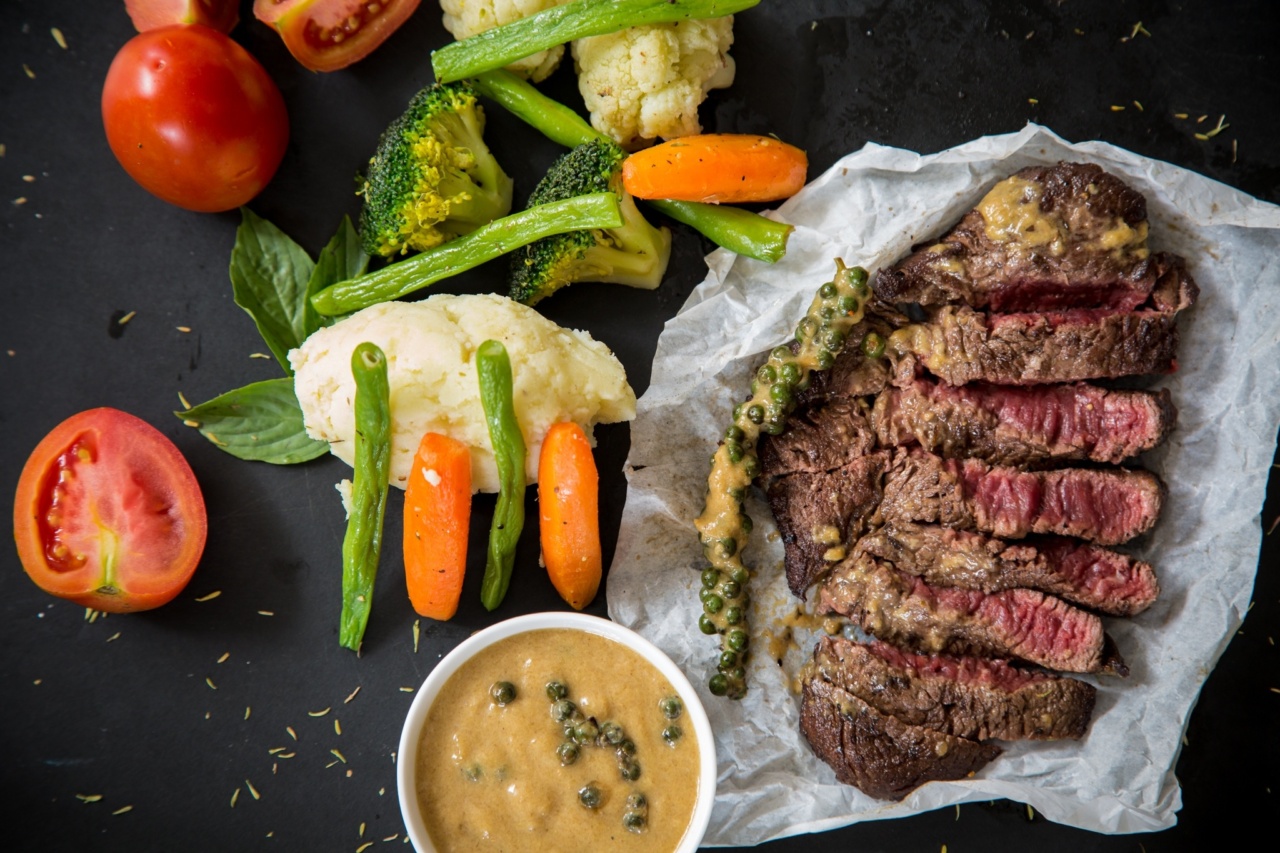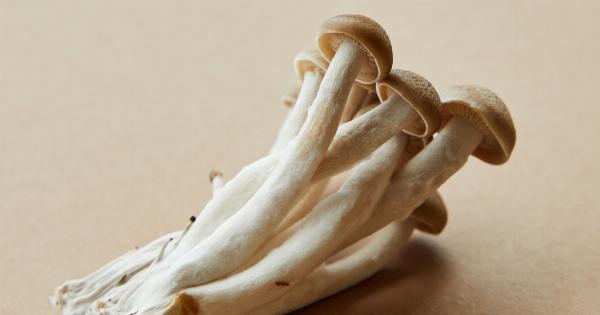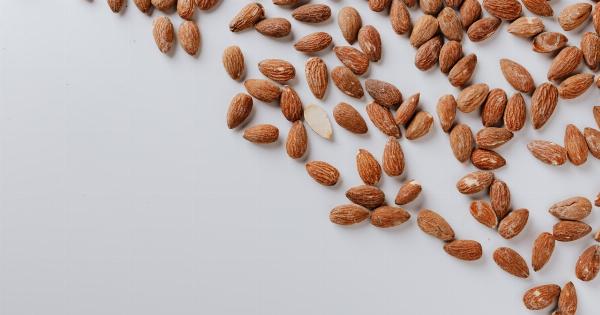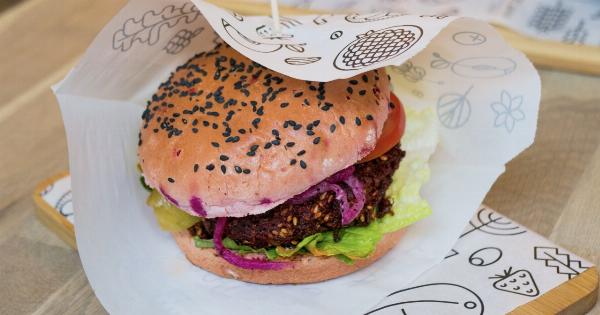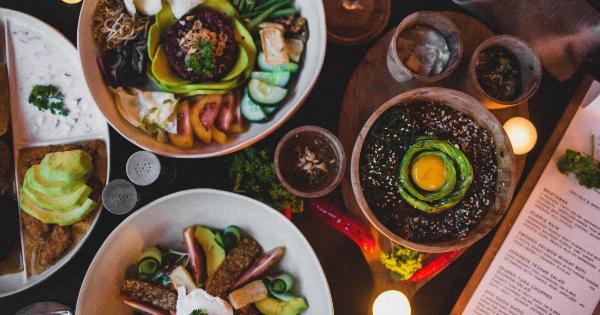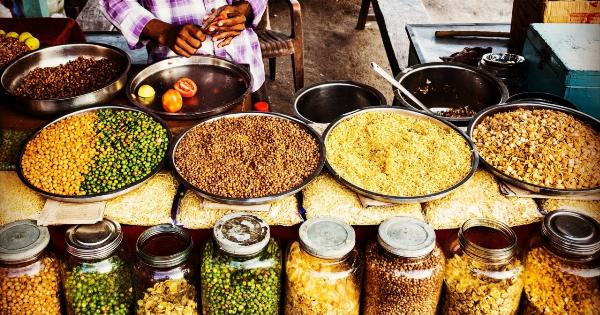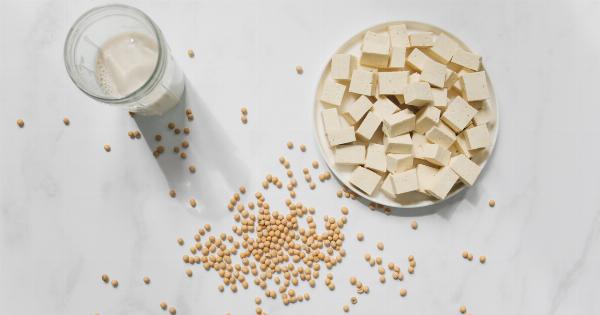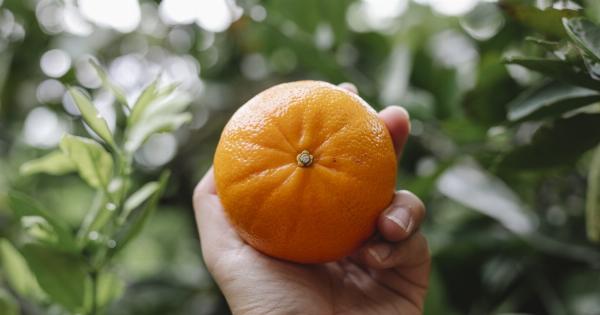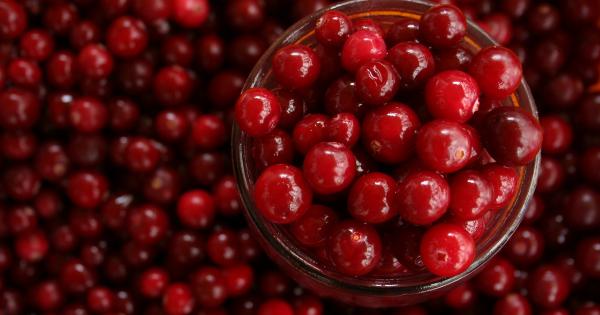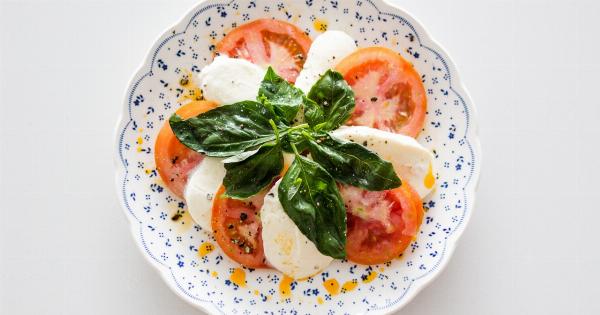When it comes to getting enough protein in your diet, meat is often the go-to option.
However, there are plenty of plant-based protein sources that can provide you with the nutrients you need to build and repair muscle, maintain a healthy weight, and support overall well-being. Here are 30 non-meat herbal protein sources you should consider adding to your diet.
1. Quinoa
Quinoa is a complete protein source, meaning it contains all nine essential amino acids that your body cannot produce on its own. It is also rich in fiber, magnesium, iron, and B vitamins.
2. Lentils
Lentils are not only packed with protein but also a good source of fiber, folate, and iron. They are versatile and can be used in soups, stews, salads, and veggie burgers.
3. Chia Seeds
Chia seeds are tiny powerhouses of nutrition. They contain a good amount of protein, fiber, omega-3 fatty acids, and antioxidants. They can be added to smoothies, yogurt, oatmeal, or used as an egg substitute in baking.
4. Hemp Seeds
Hemp seeds are a complete source of protein and provide all essential amino acids. They are also rich in healthy fats, iron, magnesium, and zinc. Sprinkle them over salads, soups, or blend into your favorite smoothie.
5. Black Beans
Black beans are a great plant-based protein option. They are loaded with fiber, folate, potassium, and antioxidants. Use them in salads, soups, wraps, or enjoy them as a side dish.
6. Spirulina
Spirulina is a blue-green algae packed with protein, vitamins, minerals, and antioxidants. It can be added to smoothies, juices, or taken as a supplement.
7. Chickpeas
Chickpeas, also known as garbanzo beans, are an excellent vegetarian protein source. They are versatile and can be used in hummus, curries, salads, or roasted for a crunchy snack.
8. Peanuts
Peanuts are not only delicious but also a good source of protein, healthy fats, and vitamin E. Enjoy them as a snack, add them to stir-fries, or use peanut butter in sandwiches.
9. Tofu
Tofu is made from soybeans and is a popular meat substitute for vegetarians and vegans. It is low in calories, high in protein, and a great source of calcium and iron. Use it in stir-fries, salads, or blend it into smoothies.
10. Green Peas
Green peas are not only sweet and tasty but also a good source of plant-based protein. They are high in fiber, vitamins, and minerals. Add them to salads, soups, or enjoy them as a side dish.
11. Pumpkin Seeds
Pumpkin seeds are a rich source of protein, healthy fats, iron, magnesium, and zinc. They can be eaten as a snack, sprinkled over salads, or used as a topping for soups and stews.
12. Greek Yogurt
Greek yogurt is a creamy and protein-rich dairy product. It contains probiotics that support gut health and is also a good source of calcium. Enjoy it on its own, in smoothies, or use it as a base for sauces and dips.
13. Almonds
Almonds are not only a tasty snack but also a great source of protein, healthy fats, vitamin E, and magnesium. Sprinkle them over salads, add them to granola, or enjoy them on their own.
14. Tempeh
Tempeh is a fermented soy product that is high in protein and probiotics. It has a unique nutty flavor and can be used in stir-fries, sandwiches, or grilled as a meat substitute.
15. Edamame
Edamame, or immature soybeans, are a popular protein source in Asian cuisine. They are also rich in fiber, vitamins, and minerals. Enjoy them steamed as a snack or add them to stir-fries and salads.
16. Cottage Cheese
Cottage cheese is a low-fat dairy product that is high in protein and calcium. It can be enjoyed on its own, mixed with fruits, or used as a topping for savory dishes.
17. Sunflower Seeds
Sunflower seeds are a good source of protein, healthy fats, vitamin E, and selenium. They can be eaten as a snack, added to salads, or used in baking.
18. Seitan
Seitan, also known as wheat meat or wheat gluten, is a high-protein food made from gluten. It has a meat-like texture and can be used as a meat substitute in various dishes.
19. Cashews
Cashews are not just delicious but also a good source of protein, healthy fats, and minerals such as copper and magnesium. Enjoy them as a snack, use them in stir-fries, or blend them into creamy sauces.
20. Amaranth
Amaranth is a grain that is rich in protein, fiber, and antioxidants. It can be cooked and used as a base for salads, side dishes, or added to soups and stews.
21. Soy Milk
Soy milk is a plant-based alternative to cow’s milk. It is fortified with protein, calcium, and other nutrients. Use it in smoothies, cereals, or as a coffee creamer.
22. Flaxseeds
Flaxseeds are a rich source of plant-based protein, omega-3 fatty acids, and fiber. They can be ground and added to smoothies, baked goods, or used as an egg substitute in vegan recipes.
23. Mung Beans
Mung beans are a versatile legume with a good amount of protein, fiber, and vitamins. They can be sprouted and added to salads or cooked and used in soups and curries.
24. Oatmeal
Oatmeal is not only a hearty breakfast option but also provides a decent amount of protein, fiber, and antioxidants. Customize it with your favorite toppings like fruits, nuts, and seeds.
25. Peanut Butter
Peanut butter is a delicious and protein-rich spread. It is also a good source of healthy fats, vitamin E, and magnesium. Spread it on toast, swirl it into smoothies, or use it in baking.
26. Brown Rice
Brown rice is a whole grain that contains a fair amount of protein, fiber, and essential nutrients. Use it as a base for stir-fries, salads, or as a side dish.
27. Walnuts
Walnuts are not only a tasty snack but also a good source of protein, omega-3 fatty acids, and antioxidants. They can be eaten on their own, added to salads, or used in baking.
28. Greek Cheese (Feta)
Greek cheese, such as feta, is a protein-rich dairy product. It is also a good source of calcium and can be crumbled over salads, added to sandwiches, or used in savory dishes.
29. Hemp Milk
Hemp milk is a plant-based alternative to cow’s milk that contains a fair amount of protein. It is also rich in omega-3 fatty acids and other nutrients. Use it in smoothies, cereals, or recipes that call for milk.
30. Green Leafy Vegetables
Green leafy vegetables like spinach, kale, and broccoli are not only packed with essential vitamins and minerals but also contain a decent amount of protein. Add them to salads, stir-fries, or enjoy them as a side dish.
